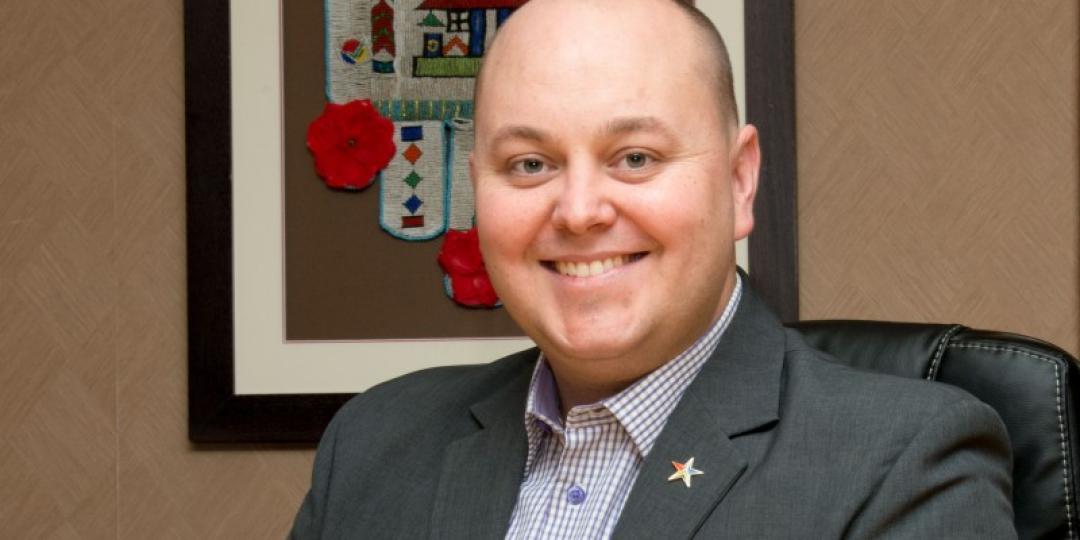An emphasis on customer experience is necessary as the tourism industry recovers from COVID.
“In the tourism and hospitality sector we’re particularly good at customer service, but the need to shift our attention to customer experience is very real,” said Principal Consultant at The CGV (customer, guest and visitor) Experience, Darryl Erasmus, during a webinar session this week.
Customer service, he said, was defined by the direct interaction with the customer, while customer experience described the way a consumer felt before, during and after transacting with your business.
Erasmus recognised that while many hospitality establishments had been closed for several months due to the lockdown, they would have to be conscious of the budget they could allocate to upgrade their overall customer experience.
He highlighted important steps to consider when evaluating customer experience and putting it into practice in South Africa:
- Profile and know your client
This is the most important point, according to Erasmus. “We in the tourism sector are very fortunate in that we are required to collect a lot of information from our guests – so we automatically have a lot of information at our disposal.”
However, he emphasised the importance of understanding that COVID-19 had changed consumers. “COVID has changed your clients, not only personally, but the market is currently only domestic tourists who have different characteristics and needs.”
- Personalise
“From a personalisation perspective, it’s very true that one size does not fit all.
“An example for me would be something as basic as contacting loyalty programme members when it’s their birthday,” he said, and that simply adding the client’s name to a standard birthday may not be enough.
He said if brands were to send out this mail with a few more personalised details based on the information about him that they would have kept, the message could be a lot more impactful.
“We noticed you didn’t have breakfast the last time you stayed with us. Below is a breakfast voucher that you can use at any one of our hotels,” he added as an example.
- Observe
He gave the example of shopping at his local grocery store. “There is one aspect of my engagement at this store that frustrates me, and that is the unavailability of the trolley that I like to use. The reason these trolleys aren’t available is because people like them and people are using them.”
Using this analogy he said by observing the behaviour of customers you can develop a greater understanding of their needs. “This has nothing to do with the customer service in the store, but impacts my customer experience before I even walk into the store.”
- Respond
“Respond to what you have observed. COVID in many ways has forced us to respond,” he said.
He used the example of menus in restaurants, saying that a pet peeve of his was being given a sticky menu. “What COVID has done, because it’s moving us into this contactless environment, is forcing businesses to put menus on things like mobile devices,” he said, highlighting the importance of leveraging technology to respond to customer experience issues.
He used the example of chatbots, which are designed to optimise communication with potential clients. “Over the next couple of months there’s going to be a much bigger focus on customer experience on real-time interactions through those kinds of platforms.
“It could be something as basic as in-room amenities. What is important is that these things are being responded to.”
- Track
Erasmus highlighted the importance of getting feedback from clients to monitor the progress of customer service in your business.
“I think we’ve done particularly well as an industry in terms of getting feedback and monitoring the standards of customer service.” He emphasised that many of the customer service surveys he had seen focused on the experience at a particular time and not overall customer experience.
























